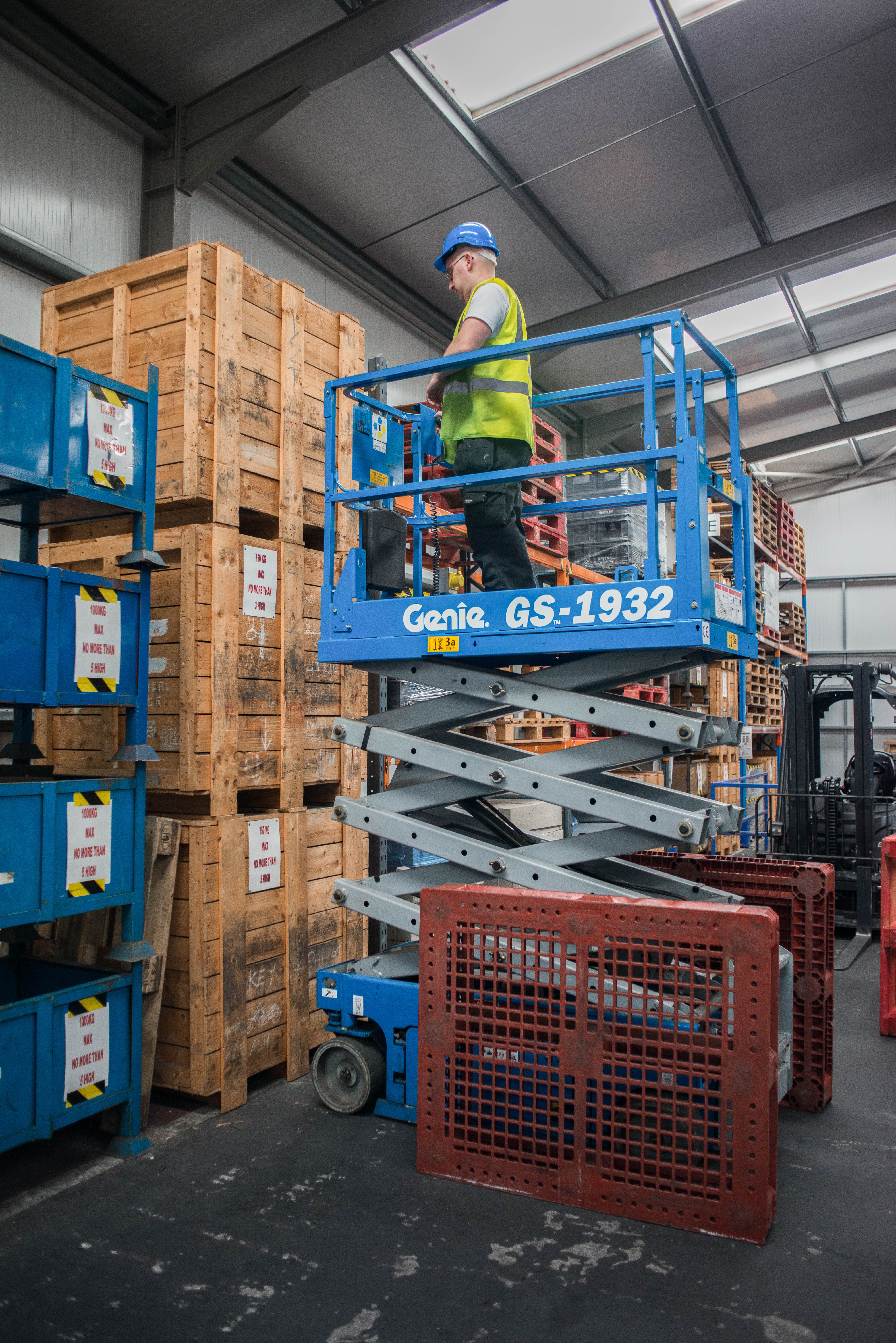From The Top - Staying Safe When Working at Heights
August 2017
‘A body building company that failed to supervise an apprentice as he cleaned a workshop’s gutters has appeared in court after the 25-year-old fell and sustained serious injuries.
‘The victim was helping clean valley gutters at the company’s Warrington site in Cheshire, Liverpool Magistrates’ Court was told. On 14 April 2016 he stepped back onto a fragile skylight and fell 9.1 m onto a table, sustaining three fractured ribs and a ruptured spleen.

‘The company had failed to identify the risks associated with working at height on fragile surfaces and had not properly supervised the job, the Health and Safety Executive said.
‘The company pleaded guilty to breaching Regulation 3 (1a) of the Management of Health and Safety at Work Regulations for failing to risk assess the gutter cleaning task, and Section 2 (1) of the Health and Safety at Work Act.
‘The company was fined £20,000 plus an additional £3,340 in costs. ‘
This case, and many others, highlight the dangers associated with Working at Heights. The HSE recently reported that falls from heights accounted for 25 fatalities and that 26% of absences from work which lasted for over 7 days were due to injuries sustained working at heights. The personal cost of these cases to families, friends and loved ones is immeasurable. The financial cost to businesses can be devastating.
..........................................................................................................................................................................
Working at height means work in any place where, if there were no precautions in place, a person could fall at a distance liable to cause personal injury.
For example you are working at heights if:
- You are working on a ladder or a flat roof;
- You could fall through a fragile surface;
- There is a possibility of falling through an opening either on an upper level or from ground level (e.g. holes in floor)
Employers and those in control of any work at height activity must make sure work is properly planned, supervised and carried out by competent people.
How do you decide if someone is ‘competent’ to work at height?
You should make sure that people with sufficient skills, knowledge and experience are employed to perform the task, or, if they are being trained, that they work under the supervision of somebody competent to do it.
Alliance Learning offers a training course in Working at Height, which can help ensure you comply with legislation and teach you skills that can be transferred to real life situations; this course provides delegates with a thorough understanding of the Working at Height Regulations 2005 and the dangers of working at heights.
We also offer more specific training in the equipment available to ensure safe work at heights such as:
- Safe use of Steps and Ladders
- IPAF (Mobile access platforms)
- PASMA (Tower Scaffold)
To book a place onto a Working at Heights course, call our Sales Team on 01204 677811 or email info@alliancelearning.com.
